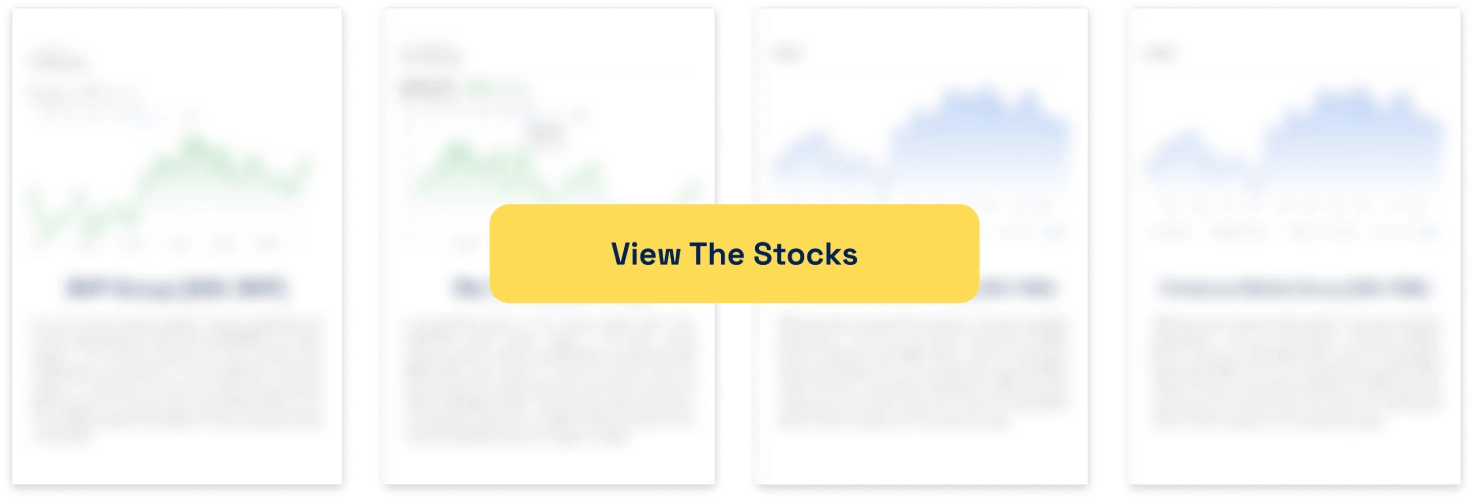Should I buy Woolworths or Coles shares in FY26? And why is Coles performing better right now?
![]() Nick Sundich, November 4, 2025
Nick Sundich, November 4, 2025
Should I buy Woolworths or Coles shares? This is one of the top debates Australian investors can have.
Obviously, this assumes it is worth investors’ while to look at supermarkets generally, which is another debate in and of itself, but we’ll leave that debate to one side for now.
If you are judging simply by momentum, there’s no question that Coles is in a better position right now with secure leadership, slightly less political pressure and faster sales growth than Woolworths. But for how long will this situation last?
What are the Best ASX Stocks to invest in?
Check our buy/sell tips
The Australian supermarket scene in late-2025
At first glance, both these companies may appear to be safe investments given their:
- Large market capitalisations,
- Long operating histories,
- Track record of paying dividends, and
- Status as consumer ‘staple’ stocks. In other words, these businesses are an essential service for their customers.
But some of these can be a curse for the companies. Whilst this should theoretically prevent competition, it just limits competition…to only behemoths with the ability to take on Coles and Woolworths head-on. Aldi is the most notable competitor, along with IGA, which is owned by Metcash (ASX:MTS).
Add into the mix the cost of living crisis, not to mention the rise of home delivery services, and this makes the competition even more fierce.
And of course, there is intense scrutiny on supermarkets, particularly on Woolworths. Now the plans of Peter Dutton to forcibly break up the supermarket giants, won’t be happening. But action is being taken.
Regulatory scruitany
Nonetheless after months of accusations of price gouging, a review was conducted by the ACCC and ex-Labor minister Craig Emerson reviewed the voluntary Food & Grocery Code of Conduct which governs the relationship between Coles, Woolies and their suppliers.
While both reports stopped short of explicitly accusing companies of gouging or other illegal activity, it found significant concerns around transparency of pricing, promotional practices (e.g., “specials”), shrinkflation (smaller packages at same price), loyalty programmes, and supplier bargaining power.
Both stopped short of calling for the supermarkets to be broken up, but there were some recommendations to address those measures including requiring supermarkets to publish more pricing information and strengthen the unit-pricing code. The latter review, specifically called for the code to be made mandatory and significant penalties to be added for certain breaches.
Now of course, there is no silver bullet and many measures need legislative or regulatory change. Adoption appears in progress, but implementation could take a while.
Coles looks better than Woolworths right now
But Woolworths has fared worse than its peers right now. Now, 18 months ago, we would’ve put it down to the circumstances that ultimately claimed the scalp of Brad Banducci. Long story short, he did not handle the scrutiny the company faced as well as he could’ve – most notably walking out of an interview with the ABC’s Four Corners in February 2024.
But it had been the case for months that Woolworths had been underperforming and things haven’t improved. Just take a look at both companies’ FY25 results.
Coles made $44.3bn revenue, up 3.6%, $4.1bn EBITDA, up 11%, and a $1.1bn profit (up 2.4% on a normalised basis). In Q1 FY26, it made 3.9% sales growth overall and 4.8% in supermarkets. In Woolworths’ case saw $69.1bn revenue, up 3.6%, and a $1.4bn profit (down 17%).
Its most recent quarterly results show trends continuing and CEO Amanda Bardwell is under pressure after more than 12 months in the top job and there being little sign things will get better. Sales growth at Woolworths supermarkets was unmoved in July and August of 2025, while Coles gained 4.9% in those months.
Why?
Simply put, Coles has fared better operationally in an era where consumers order online and expect to be able to click and collect or have it delivered to their door. Coles’ investments have been paying off more for it. Woolworths has also faced disruption from industrial action (warehouse and distribution disruptions) which affected shelf-availability and customer perception.
Coles has also been winning the PR battle. Coles is emphasising value, quality, customer experience, and appears to be executing better on those fronts in recent period. Woolworths has been perceived as less price competitive and has cut prices to try and respond…but this has hit margins. Woolworths has spent $100m in cutting prices of hundreds of products. And another $100m was lost due to industrial action in December last year.
One trait Woolworths has compared to Coles is a higher diversification in revenue streams and income, owning stores in New Zealand that are being rebranded from the old ‘Countdown’ brand, as well as the Big W discount department store chain.
Woolworths also has a stake in pet retailer Petstock, a logistics business called Primary Connect, and PFD Food Services. All of these have been perceived to be a benefit, but in recent periods, these have diluted margins because these segments (especially Big W) face these issues too.
Coles’ only real subsidiary, alcohol, has been holding up well with EBIT growing 3%. Additionally, Coles cost-saving programmes (“Simplify & Save”) have helped too, delivering A$327m in benefits. Its Online segment grew 28% in the most recent quarter.
Moreover, there is little hope things will turn around – or at least it is difficult to see reasons why they might. There is enormous pressure this Christmas period to deliver.
What do analysts expect?
Analysts covering Coles expect only 6% share price growth, to $23.55 in the next 12 months. Looking to the full FY26, they expect $46.03bn revenue (up 4%) and a $1.2bn profit. For FY27, they call for $47.3bn revenue and a $1.4bn profit. Coles’ multiples are 9.2x EV/EBITDA, 23.8x P/E and 1.9x PEG.
As for Woolworths, the mean share price is $30.43, 7$ higher than right now. Consensus estimates expect $71.5bn revenue and a $1.5bn profit in FY26, followed by $74.1bn revenue and a $1.7bn profit. Yes, the company known as the Fresh Food People is expected to have higher profits, but significantly lower margins than Coles. Its multiples are 8.3x EV/EBITDA, 22x P/E and 1.94x PEG.
Should I buy Woolworths or Coles shares?
Right now, Coles without a shadow of a doubt, at least until the cost of living crisis eases. Coles may be a less diversified business, but is growing its business without sacrificing margins, something that cannot be said with Woolworths right now.
Blog Categories
Get Our Top 5 ASX Stocks for FY26
Recent Posts
Webjet Sinks 22 Percent After Softer H1 Results and Weak Domestic Demand
Webjet Falls 22 Percent After H1 Revenue Dips and Domestic Flight Demand Softens Webjet (ASX: WJL) opened down 22 percent…
Javelin Minerals Jumps 2,900 Percent on Capital Consolidation
A Sharper Share Register Sets Javelin Minerals Up for Its Next Corporate Stage Javelin Minerals (ASX: JAV) surged an extraordinary…
Why Are Droneshield Shares Dropping and Should You Be Worried
DroneShield Selloff Tests Nerves, But Fundamentals Tell a Different Story DroneShield (ASX: DRO) experienced a sharp selloff this morning that…



